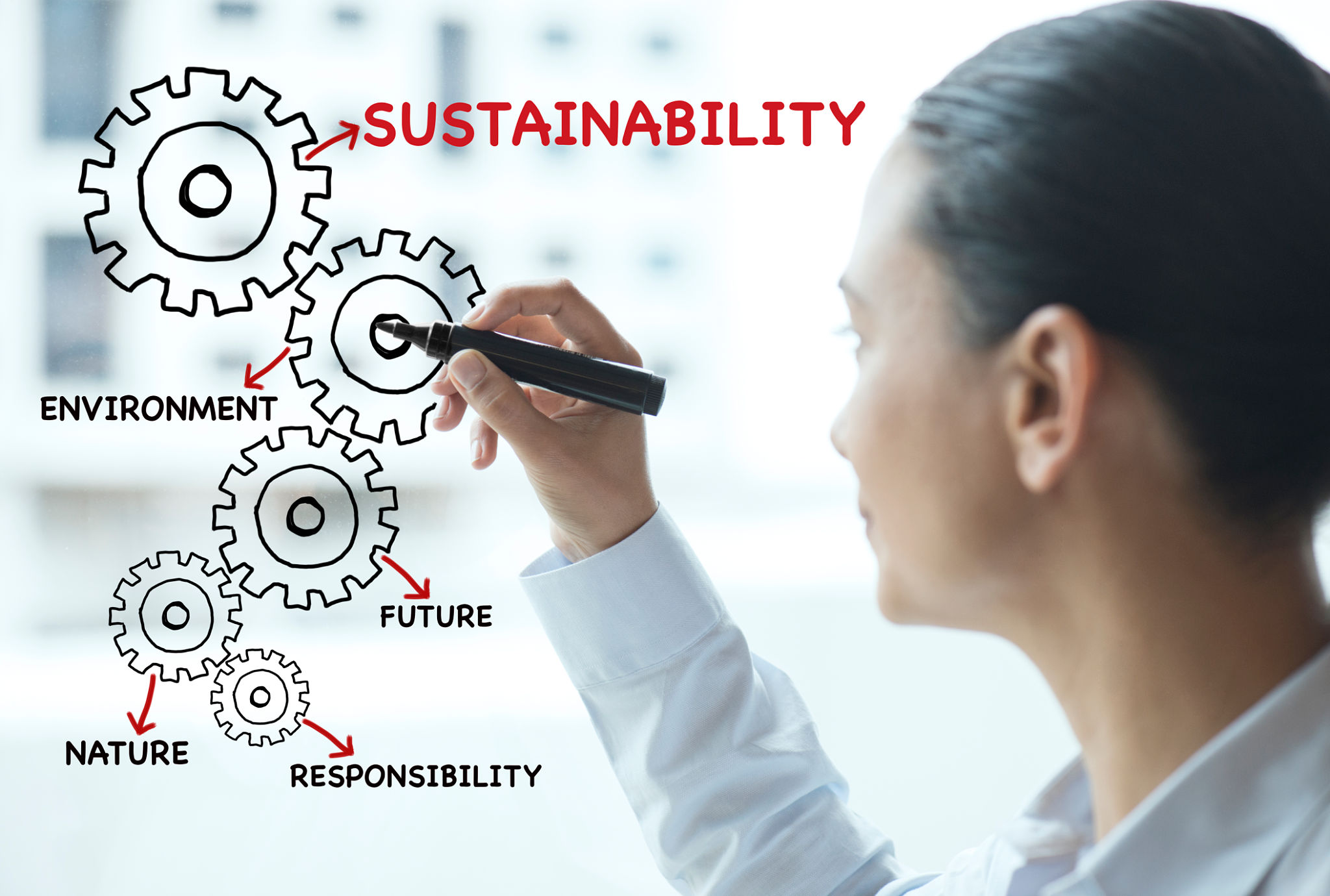How to Transition Your Business to a Sustainable Model
Understanding the Need for Sustainability
In today's business landscape, transitioning to a sustainable model is not just a trend but a necessity. Consumers and stakeholders alike are increasingly demanding that companies take responsibility for their environmental impact. Adopting sustainable practices can enhance your brand image, reduce costs, and contribute positively to the planet.

Assessing Your Current Impact
The first step in transitioning to a sustainable model is to assess your current environmental impact. Conduct an audit of your operations to identify areas where improvements can be made. This might include analyzing your energy consumption, waste production, and supply chain practices. Understanding your baseline will help you set realistic goals and track progress.
Setting Clear Goals and Objectives
Once you have a clear understanding of your current impact, it's time to set goals. These should be specific, measurable, and attainable. For example, you might aim to reduce energy consumption by 20% within five years or switch to 100% renewable energy sources. Clear objectives provide direction and help keep the entire organization aligned.

Engaging Stakeholders and Employees
Transitioning to a sustainable model requires buy-in from all levels of your organization. Engage your employees by educating them about the importance of sustainability and how they can contribute. Encourage feedback and suggestions to foster a sense of ownership and collaboration. Similarly, communicate with stakeholders about your sustainability objectives and progress.
Integrating Sustainable Practices
Implementing sustainable practices can vary depending on your industry. Some common strategies include reducing waste through recycling programs, optimizing supply chains for efficiency, and choosing eco-friendly materials. Consider investing in technologies that support sustainable operations, such as energy-efficient machinery or software that tracks resource usage.

Monitoring Progress and Adapting Strategies
After implementing changes, it’s crucial to monitor their effectiveness. Regularly review your sustainability metrics to ensure you are on track to meet your goals. Be prepared to adapt your strategies as necessary. The business environment is dynamic, and flexibility will enable you to respond to new challenges and opportunities.
The Role of Innovation in Sustainability
Innovation plays a pivotal role in achieving sustainability. Encourage a culture of innovation within your organization by supporting research and development initiatives focused on sustainable solutions. Collaborate with other companies or institutions to share knowledge and drive advancements in sustainable practices.
Communicating Your Achievements
As you make progress in your sustainability journey, it's important to communicate these achievements both internally and externally. Highlight your successes in marketing materials and annual reports to strengthen your brand's reputation as a responsible and forward-thinking organization.
By transitioning to a sustainable business model, you not only reduce your environmental footprint but also position your company for long-term success in an increasingly eco-conscious world.